Science Daily News | 29 May 2023

Views (93)
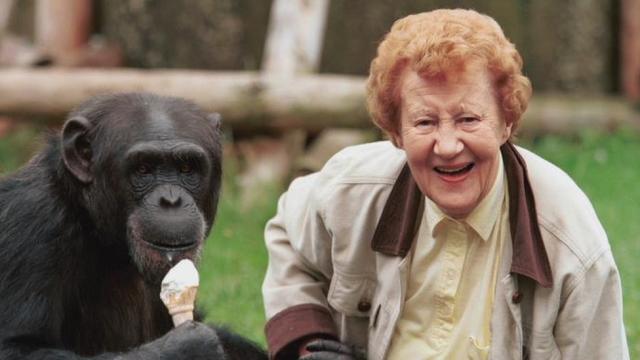
Horrific World War II bunker where Japanese scientists experimented on prisoners with biological weapons, found by archaeologists, report says
Japanese scientists exposed prisoners in occupied China to pathogens and dissected them to learn about the effects on the human body.
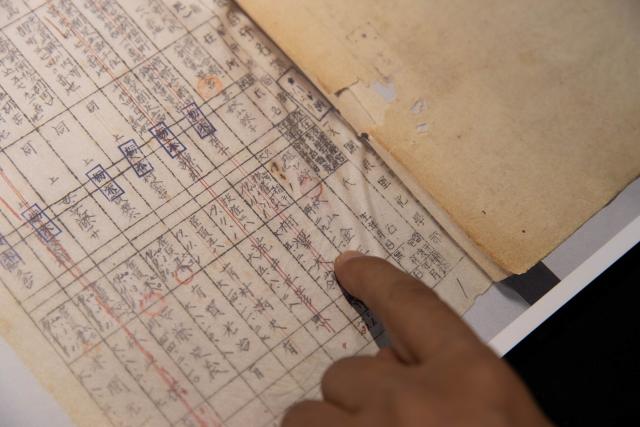
Archaeologists found a bunker used by WWII Japanese scientists to conduct human experiments, says a report.
They say the site could provide new evidence about war crimes committed by the notorious Unit 731.
The Japanese scientists captured by the US were granted immunity in exchange for their research findings.
The facility near the city of Anda, China, is believed to have been used by Unit 731 of the Japanese Imperial Army, which conducted brutal experiments on humans between 1935 and 1945.
The notorious unit experimented on and killed thousands of people, including men, women, and children.
The research published in the journal Northern Cultural Relics in May could provide new evidence about war crimes.
"It also highlights the ongoing legacy of Unit 731's atrocities and their impact on global efforts to prevent biological warfare," the Heilongjiang Provincial Institute of Cultural Relics and Archaeology researchers said.
Archaeologists discovered the underground facility consisting of several interconnected tunnels and chambers after starting an investigation in 2019 using geophysical prospecting, drilling, and excavation techniques.
The researchers are yet to enter the bunkers, but the survey has revealed details about the underground structures, South China Morning Post reported.
A U-shaped cluster of bunkers was discovered five feet below the surface, as well as a circular room that archaeologists believe was used to observe and dissect human subjects after they were infected with pathogens or chemical agents.
Researchers said that their knowledge of the underground facility is still preliminary, and more work will need to be done to learn how the structures relate to each other.
Most of the surface-level buildings at the Anda site were destroyed in 1945 to erase evidence of the experiments, but the underground structures remain, archaeologists said.
Facilities were built below the ground to maintain secrecy, and these included barracks, bathhouses, and dining areas, according to the report.
Some Unit 731 researchers were arrested by Soviet forces and tried at the December 1949 Khabarovsk war crime trials, while those captured by the United States were granted immunity in exchange for their research findings.
Egypt unearths tombs and workshops where humans and sacred animals were mummified in the age of the pharaohs
The workshops unearthed near Cairo are where humans and sacred animals were mummified 2,400 years ago when the pharaohs ruled Egypt.
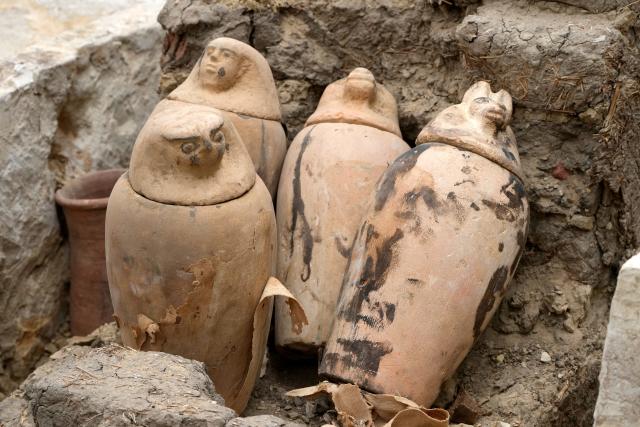
Archaeologists found ancient mummification workshops and tombs in the Saqqara necropolis.
The workshops were used to embalm humans and sacred animals to prepare them for the afterlife.
The tombs of two priests dating back to the 24th and 14th centuries BC were also found.
Archaeologists in Egypt have found ancient mummification workshops and tombs in the ancient Saqqara necropolis south of Cairo, the government said.
Researchers found stony beds where bodies were laid down for mummification, as well as clay pots used to hold organs and other ritual vessels, Egypt's Ministry of Tourism and Antiquities said.
The purpose of mummification was to keep the body intact so it could be transported to a spiritual afterlife.
The excavations also uncovered the tombs of two priests dating back to the 24th and 14th centuries BC.
The second tomb, belonging to Men Kheber from the late kingdom's 18th dynasty, was decorated with scenes showing the deceased in different positions, officials said, per Reuters.
Saqqara Necropolis, south of Egypt's capital, Cairo, is a vast ancient burial ground located at the ancient Egyptian capital Memphis and contains numerous pyramids and tombs.
The discovery was made following a year-long excavation near the sanctuary of the goddess Bastet, Reuters said.
The new discoveries were unveiled by Egypt's Ministry of Tourism and Antiquities in a high-profile press conference on Saturday.
In recent years archaeological discoveries like this have been heavily promoted by Egypt's government in order to attract tourism following the 2011 uprising and an ongoing economic crisis, AP and Reuters noted.
Biologists found 3 adorable female mountain lion kittens. Now the trio will have to survive the harsh urban landscape of Los Angeles.
P-113, P-114, and P-115 were discovered by National Park Service biologists examining how habitat loss affects mountain lions in urban areas.
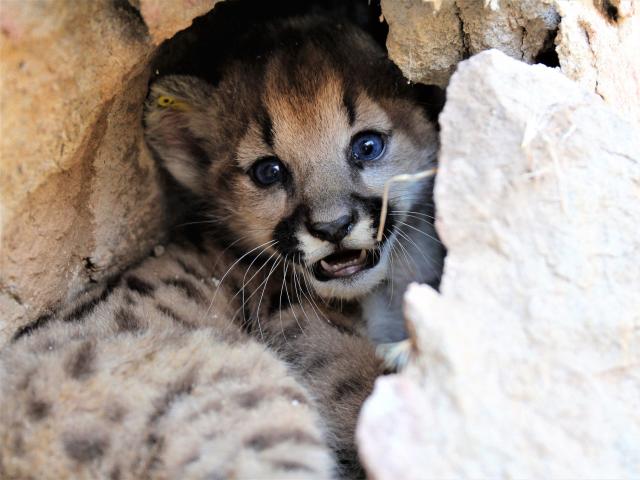
Biologists discovered three mountain lion kittens in a patch of poison oak outside of Los Angeles.
They were only 24 days old when they were found on May 18.
Now, they must survive in an increasingly urbanized area of Southern California.
Biologists with the National Park Service discovered a litter of recently birthed mountain lion kittens in the Simi Hills, west of Los Angeles.
To find the kittens, the biologists had to wait until the mother, P-77, left the site unattended to hunt for food or rest.
Biologists determined that when the kittens were discovered, they were only 24 days old.
"It will be interesting to learn how these kittens will use the landscape once they get older and disperse, particularly if they decide to stay in the Simi Hills or cross freeways to enter larger natural areas." Jeff Sikich, the lead field biologist of the NPS mountain lion study, said in the release.
According to the main findings of the NPS observations, mountain lions in Los Angeles County are significantly threatened by the development of roads and cities. A leading cause of mountain lion deaths are vehicle strikes, which often occur when they cross major freeways like the 101, 405, and 118.
"It's encouraging to see reproduction in our small population of mountain lions, especially after all the mortalities we have documented in the last year," Sikich said in the release.
The Welshman who aimed for space but was sunk at sea
Dr J Anthony Llewellyn was one of the first two non-USA born Nasa astronauts.

When Dr John Anthony Llewellyn applied to be an astronaut he never expected to end up living on the seafloor.
He had set his sights a little higher - at least in terms of altitude - and dreamed of going to space after replying to a notice board advert.
Nasa was expanding its space exploration plans and needed scientists.
In August 1967 the chemistry expert became one of only 11 people to be accepted.
He was one of the first two Nasa astronauts who were not USA-born. The other was his colleague Dr Phillip Chapman, an Australian.
The men were the sixth group of Nasa-appointed astronauts. They became known as the "Excess 11", as there was no mission planned for them.
When he got the job, dad-of-three Dr Llewellyn's ambition was to "make a successful flight, do some good experiments and get some good first-class science out of it".
The fact the 11 were scientists and not pilots meant the group differed from most astronauts.
So Dr Llewellyn, from Adamsdown, in Cardiff, and the others had to spend 13 months receiving jet pilot training.
But a few months into the course, at Houston's Johnson Space Centre, the former Cardiff High School pupil realised flying fast planes wasn't for him.
In August 1968, less than a year before man walked on the moon, he decided to leave the space agency.
Having attempted to reach for the stars, his next step ironically would see him opt to plumb the depths.
He had been taught to dive by oceanographer Jacques Cousteau, and during the 1960s had been Florida State University's diving course training director.
So in 1971 he began working with the National Oceanic and Atmospheric Administration (NOAA).
For the next five years he spent much of his time living and working in a big yellow pod at the bottom of the sea as part of a science and technology programme.
Anchored a mile from Grand Bahama, this was the hydrolab - NOAA's first undersea research habitat.
Inside it the scientists had everything they needed to live there for up to a fortnight. There was space for four, but only three beds, so they slept in shifts.
At the end of each stint he spent 16 hours in a decompression chamber so he didn't get the bends - caused by bubbles forming in the blood.
He was in his element, and when he wasn't dodging tiger sharks, he conducted experiments.
When he died on 2 July 2013, aged 80, Dr Llewellyn was at Florida State University, now emeritus professor of chemical and biochemical engineering.
His family were unsurprised by his eventful life.
His brother, David, recalled his older sibling had an adventurous spirit when they were children when living on Moira Street, Adamsdown.
David, who was four years junior, said: "He always came up with crazy ideas that I helped him with a little, like making a parachute out of thin sacks and jumping out of the bedroom window.
"As a teenager he became interested in motorcycles and the fun that goes with them."
In his later years, his daredevil spirit remained.
In 1992 he sailed the Atlantic from Gibraltar to Antigua, and from Miami to the Azores in 2000.
"He was the ultimate adventurer," said David.
A 'one-in-ten-million' rare white bison calf was just born in Wyoming
A rare white bison — which some communities find sacred — was born in a Wyoming State Park on Tuesday. Tourist traffic is already increasing.
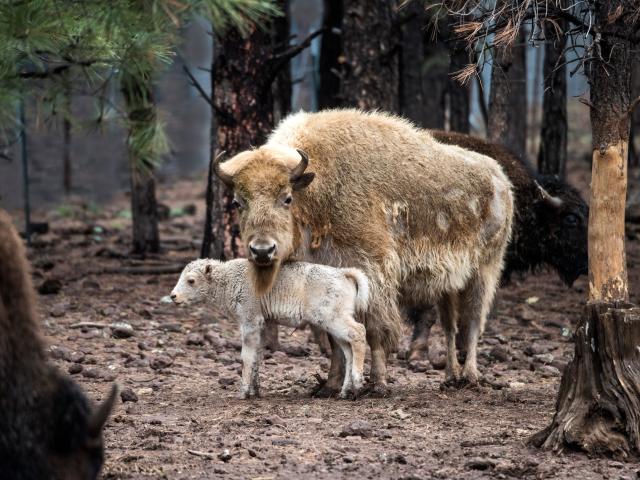
A rare "one-in-ten-billion" albino white bison was born in a Wyoming state park on Tuesday.
White bison are considered sacred to some Native Americans, according to the Native American College Fund.
Bear River Park Superintendent Tyfani Sager said that the calf is small but doing well, Cowboy State Daily reported.
Park Superintendent Tyfani Sager told the outlet the bison is small, but doing well.
Sager said the park has not determined the sex of the bison yet, and that tourist traffic has been up at the park since its birth on Tuesday.
"We're not sure if it's a bull calf or a heifer calf," Sager said, according to Cowboy State Daily. "They're real furry and it's hard to tell right off the bat."
White bison are considered sacred to the Lakota Sioux, who were starving during one summer because there was no game near them, according to the organization. Native legends say that two young men in the tribe went looking for food in the Black Hills of South Dakota, where they met a woman dressed in white who said, "return to your people and tell them I am coming," the organization said in a release.
According to the legend, the woman rolled on the ground four times before turning into a white bison herself. Bison were then plentiful for the Lakota Sioux, the legend says.
The slaughter of a white bison and its mother on a Lakota ranch in 2012 was considered an outrage by others in the community, according to the Native American College Fund.
Wyoming state parks did not immediately return Insider's request for comment on Sunday.
PG Tips Twycross Zoo marks 60th anniversary
The zoo was founded on 26 May 1963 by business partners Molly Badham and Nathalie Evans.
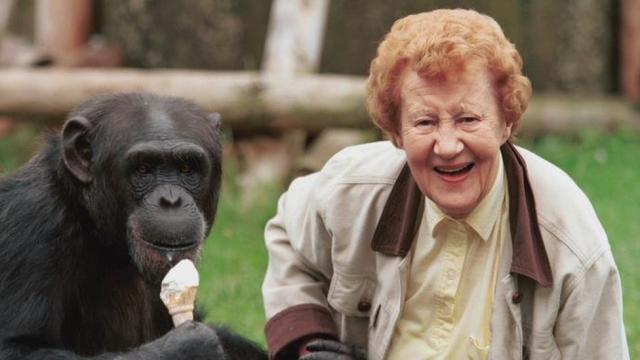
A zoo that became famous when its chimpanzees starred in PG Tips adverts is celebrating its 60th anniversary.
Twycross Zoo, in Leicestershire, was founded on 26 May 1963 by business partners Molly Badham and Nathalie Evans.
The zoo said the pair were the only female zoo founders in the UK at that time.
It plans to mark the anniversary throughout half-term with a 1960s-themed birthday event.
The zoo's founders were initially business rivals, both running pet shops in Sutton Coldfield in the 1940s.
After the pair joined forces, they opened a zoo near Tamworth, Staffordshire, before moving to the current site.
Conservation projects were funded from money from the ads and it also enabled the creation of ape studbooks, used for safe breeding of gibbons and chimps.
The zoo is now home to one of the largest primate collections in Europe.
It plans to run events during half-term to mark the event, including entertainment and craft activities.
It said people born in that year can, upon presentation of valid ID, enjoy a free visit for a limited time.
The zoo also plans to run an exhibition about its history and founders, including memorabilia, archive footage, photos and a short film.
Helena Wimbush, head of communications at the zoo, said: "We're delighted to have marked our 60th anniversary.
"As a conservation charity, we are committed to inspiring and educating our visitors about the challenges our planet faces and the practical actions we can all take to protect it.
"Throughout May half term, we will celebrate our 60-year history and also look forward to the next 60 years of Twycross Zoo, and we hope as many visitors as possible can join us to be part of the celebrations."
PG Tips commercials
PG Tips used chimpanzees in its TV ads from the 1950s
The apes from Twycross Zoo were dressed in clothes and became known as the Tipps family
The adverts were stopped in 1970 due to complaints from animal rights groups but returned 18 months later
The last time chimps were used in PG Tips ads was in 2003, by which time Twycross had already stopped the agreement
0 Likes
